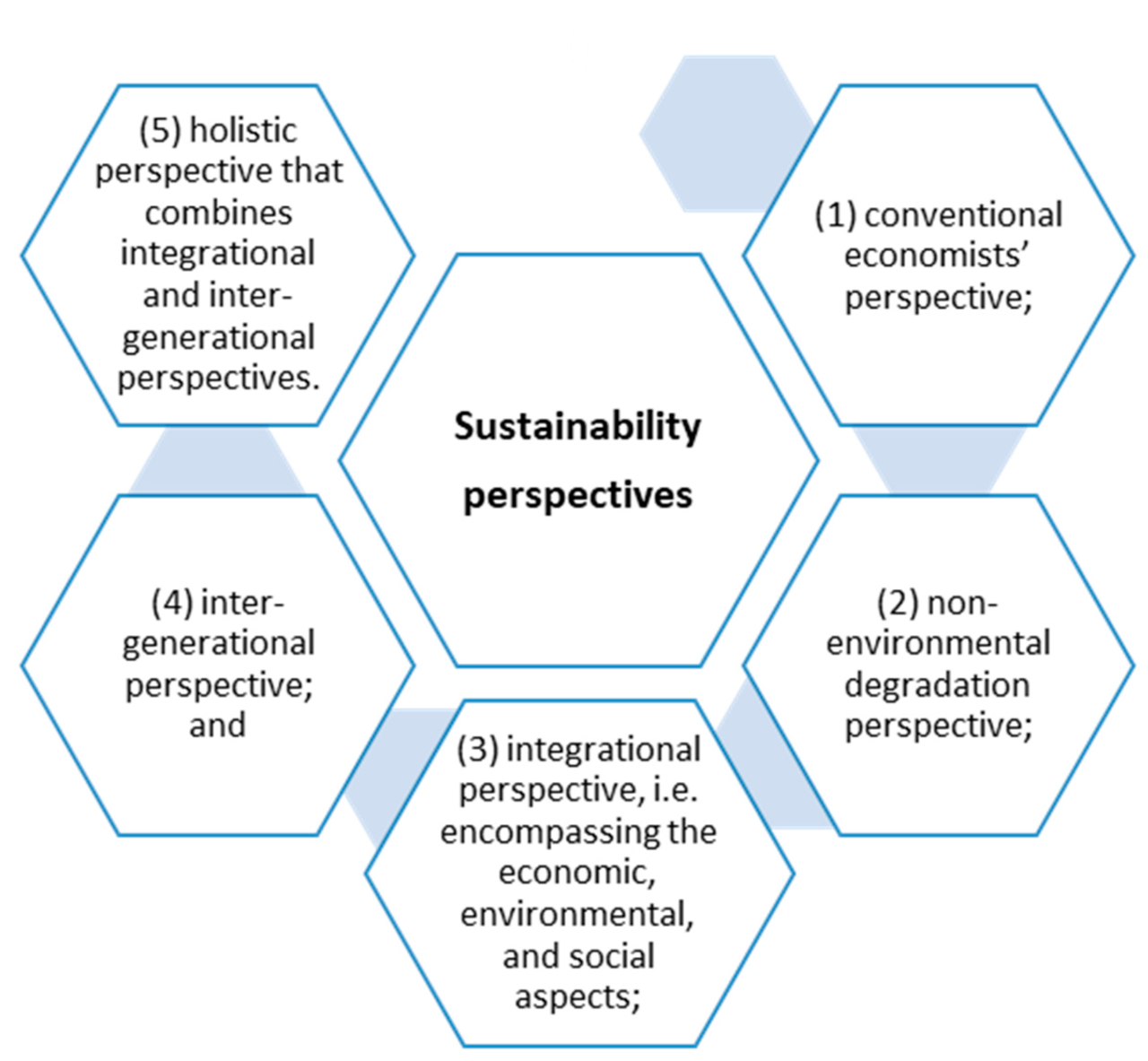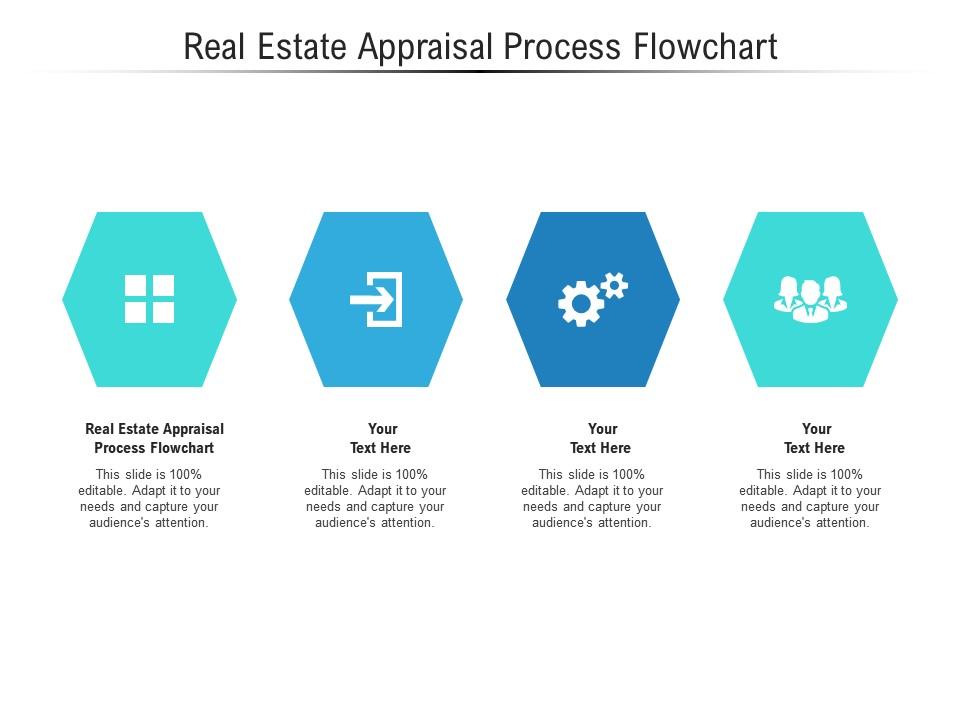
Green Homes and Sustainable Features: Do They Add Value? This question has sparked interest among homeowners, buyers, and investors alike as the real estate market evolves. In a world increasingly focused on sustainability, the appeal of eco-friendly homes goes beyond aesthetics; it’s about value, efficiency, and future-proofing investments. As we delve into the realm of green homes, we’ll explore whether the sustainable features that define them can truly enhance property value in a competitive market.
From energy-efficient appliances to solar panels and sustainable building materials, the elements that qualify a home as “green” are diverse. Understanding their potential impact on property value involves examining current market trends, buyer preferences, and the appraisal process itself. Let’s embark on this insightful journey to determine if these sustainable features are merely a trend or if they carry real lasting value in the real estate landscape.
Welcome to the world of real estate appraisal! Whether you’re a seasoned investor, a first-time homebuyer, or simply curious about how property values are determined, understanding the nuances of real estate appraisal can greatly enhance your knowledge of the market. In this blog post, we’ll break down the key components of real estate appraisal, the methods used to assess property value, and some tips for homeowners and buyers alike.
What is Real Estate Appraisal?
At its core, real estate appraisal is the process of evaluating a property’s worth. This process is conducted by a certified or licensed appraiser who takes into account a variety of factors, ensuring that the property is priced fairly in the marketplace. Appraisals are often required during the buying and selling process, for refinancing, or even for tax purposes.
The Importance of Appraisals
So why is appraisal important? Well, it plays a crucial role in real estate transactions. For buyers, an appraisal ensures that they are not overpaying for a property. For lenders, it protects their investment by confirming that the property’s value is enough to cover the loan amount. Additionally, sellers benefit from a fair appraisal, which helps to set an appropriate price that can attract potential buyers.
Key Factors in Appraisal
When an appraiser evaluates a property, they consider several key factors:
- Location: The location of a property can significantly impact its value. Proximity to amenities, schools, parks, and public transportation often enhance a property’s appeal.
- Size and Layout: The total square footage, number of bedrooms and bathrooms, and overall layout can affect value. Larger homes typically command higher prices, but the layout must also be functional and appealing.
- Condition: The condition of the property, including its age, maintenance history, and any renovations, plays a crucial role in appraisal. Well-maintained properties tend to appraise higher.
- Comparative Market Analysis (CMA): Appraisers often rely on comparable sales in the area to determine value. They analyze properties with similar characteristics that have recently sold to establish a fair market value.
Methods of Appraisal
There are three primary methods used in real estate appraisal:
1. Sales Comparison Approach
The sales comparison approach is the most commonly used method, especially for residential properties. It involves comparing the subject property to similar properties (comparables) that have recently sold in the same area. Adjustments are made for differences in characteristics such as size, age, and condition to arrive at an accurate value.
2. Cost Approach, Green Homes and Sustainable Features: Do They Add Value?
The cost approach estimates the value of a property by determining how much it would cost to replace or reproduce the property, minus depreciation. This method is often used for unique or specialized properties, such as schools or hospitals, where comparable sales may be limited.
3. Income Approach
The income approach is primarily used for investment properties, such as rental units or commercial buildings. This method analyzes the property’s potential income and expenses to arrive at its value, which is particularly useful for investors looking to assess the profitability of a property.

Common Misconceptions
There are several misconceptions about real estate appraisals that can lead to confusion:
- Appraisals and Market Value are the Same: While appraisals provide an estimate of a property’s market value, they are not always identical to the price a buyer is willing to pay. Market conditions can fluctuate, leading to different outcomes.
- Every Appraisal is the Same: Different appraisers may arrive at different values based on their methodology and judgment. It’s always a good idea to understand the appraiser’s credentials and approach.
- Appraisals are Only for Buyers: While buyers often request appraisals, sellers and homeowners seeking to refinance also benefit from understanding their property’s value.
Tips for Homeowners and Buyers
If you’re a homeowner or a prospective buyer, here are some tips to navigate the appraisal process:
- Prepare Your Home: If you’re selling, ensure your property is clean, well-maintained, and free of clutter. This can create a positive impression on the appraiser.
- Understand the Market: Research recent sales in your area to get a sense of the market. Knowing comparable prices can help you feel more confident during negotiations.
- Communicate with Your Appraiser: Provide your appraiser with any relevant information about your property, including improvements or unique features that may influence value.
- Be Open to Feedback: If your appraisal comes in lower than expected, consider it an opportunity to learn. Understanding the reasons behind the value can help you make informed decisions moving forward.
Conclusion: Green Homes And Sustainable Features: Do They Add Value?
In a nutshell, real estate appraisal is a critical component of the property market that benefits everyone involved. By understanding how appraisals work, the factors that influence property value, and the different methods used to assess worth, you can navigate buying, selling, or refinancing with greater confidence. So, whether you’re looking to invest, sell, or simply satisfy your curiosity about property value, you’re now better equipped to tackle the world of real estate appraisal!
Thanks for reading, and stay tuned for more insights on real estate and appraisal!
FAQ Compilation
What are green homes?
Green homes are residential properties designed with sustainability in mind, incorporating energy-efficient systems, sustainable materials, and eco-friendly practices.
Do sustainable features increase home value?
Yes, sustainable features can increase home value, as many buyers are willing to pay more for energy-efficient homes that offer lower utility costs and environmental benefits.
How do appraisers evaluate green features?
Appraisers assess green features based on their functionality, cost-effectiveness, and market demand, comparing them with similar properties in the area.
What are common green features?

Common green features include solar panels, energy-efficient windows and appliances, sustainable landscaping, and water-saving fixtures.
Are there specific certifications for green homes?
Yes, certifications like LEED (Leadership in Energy and Environmental Design) and ENERGY STAR indicate that a home meets certain sustainability standards.


